byKathrin
TPF Noob!
- Joined
- Apr 3, 2007
- Messages
- 1
- Reaction score
- 0
- Can others edit my Photos
- Photos NOT OK to edit
I have been using a D50 for about a year now. At the moment I have only one lens, which is a Sigma 18-50m 1:3.5-5.6 DC. I really enjoy taking close-up photos of flowers and other objects, which works fine. (see my blog) However I would like to buy a Macro lens to take this to the following level. I am orientating myself but I can't really figure out what would be a good lens to pick for these kind of photo. I have seen Zoom lenses 50-100mm that are Macro, as well as 17-70 lenses that are Macro. Can someone give me some advice?



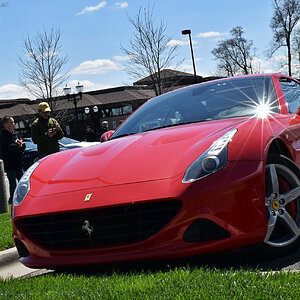
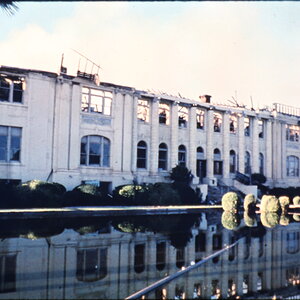

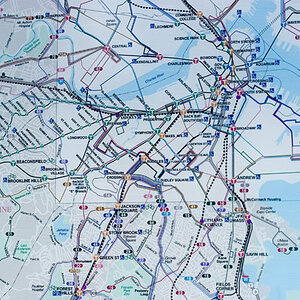
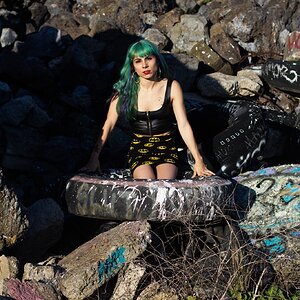
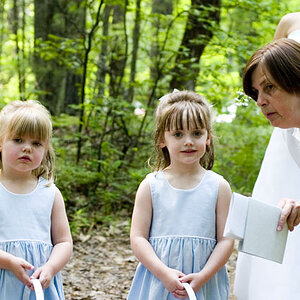
![[No title]](/data/xfmg/thumbnail/37/37538-d4704bfd4f0e4b1941649d81ff8edf2c.jpg?1619738133)
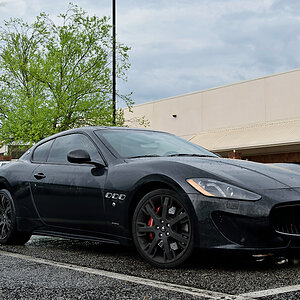
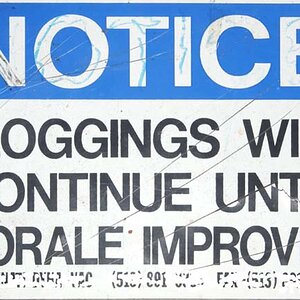
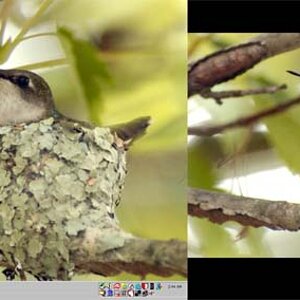
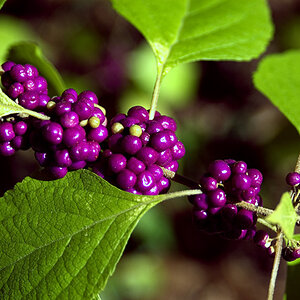
![[No title]](/data/xfmg/thumbnail/42/42267-2fff585000110a96fd9ac3ff09cceb95.jpg?1619740076)